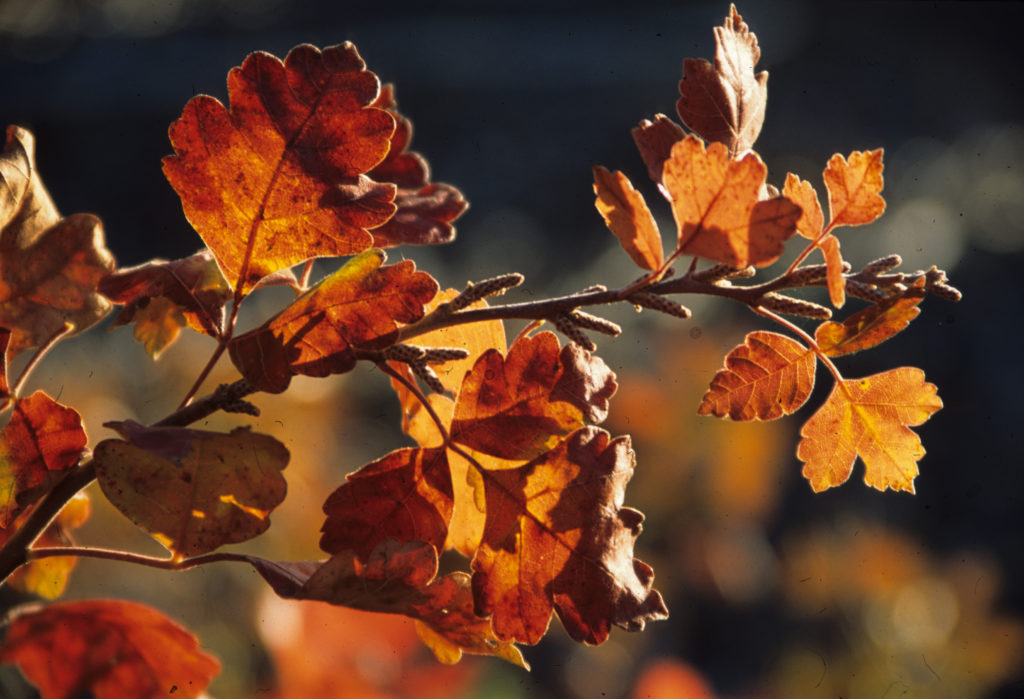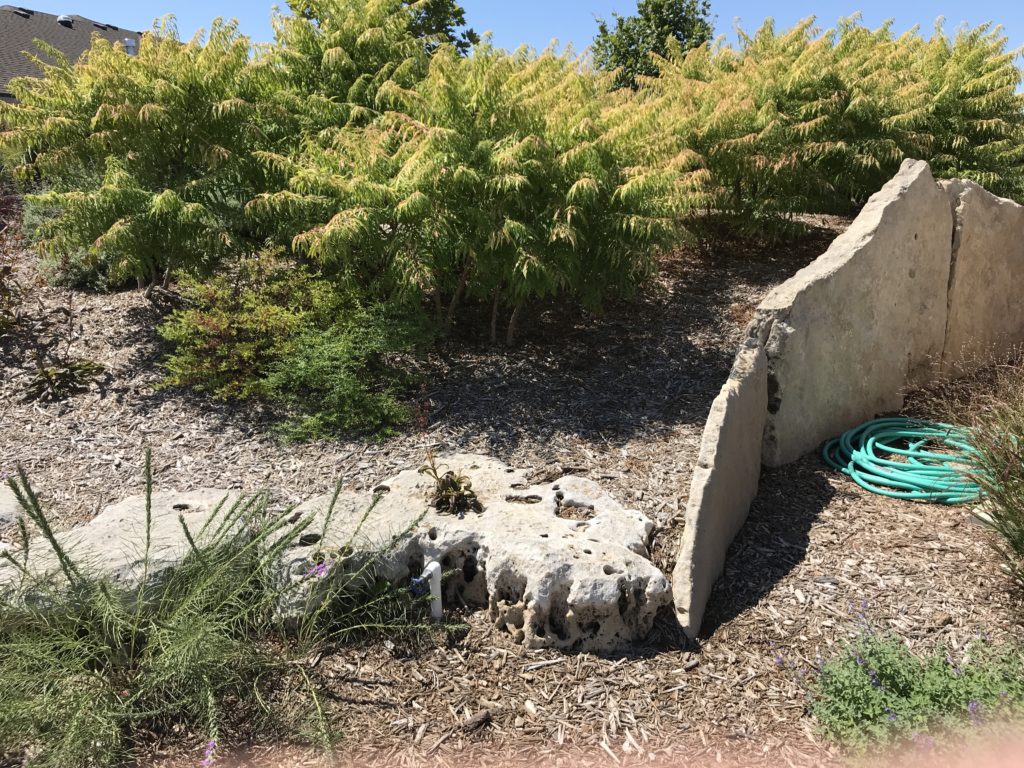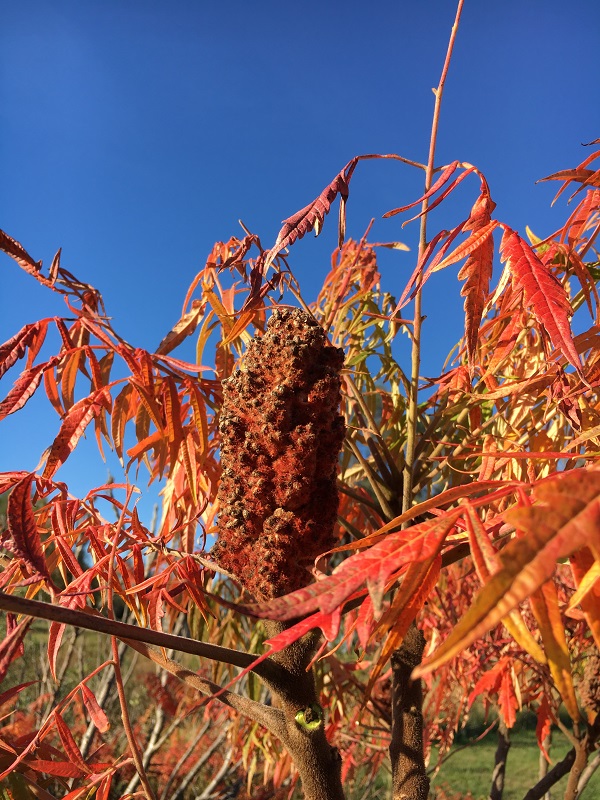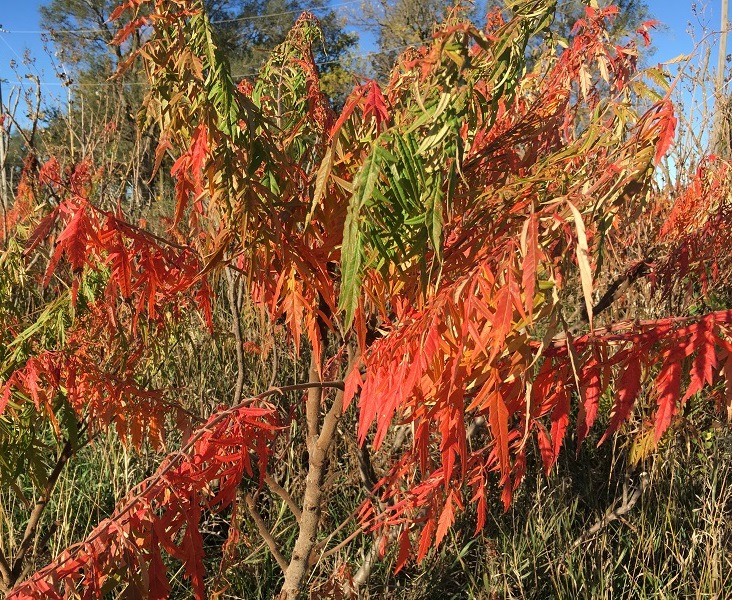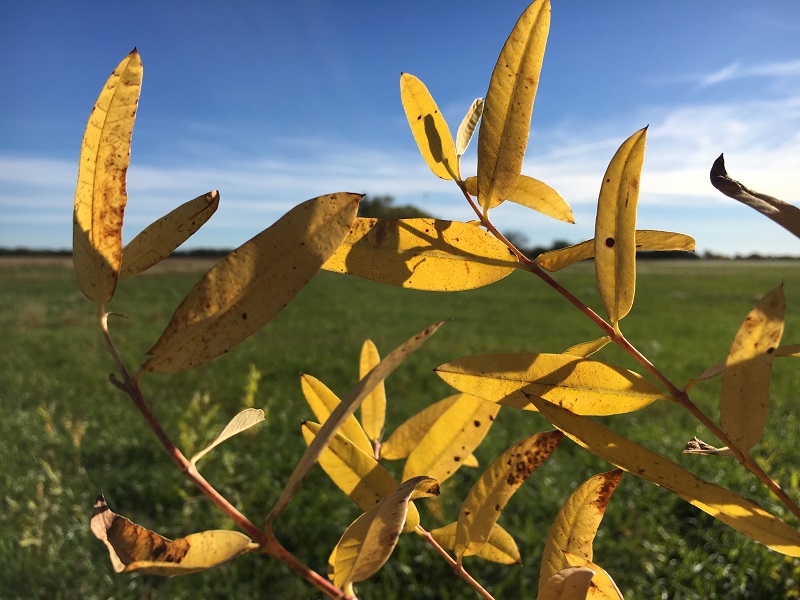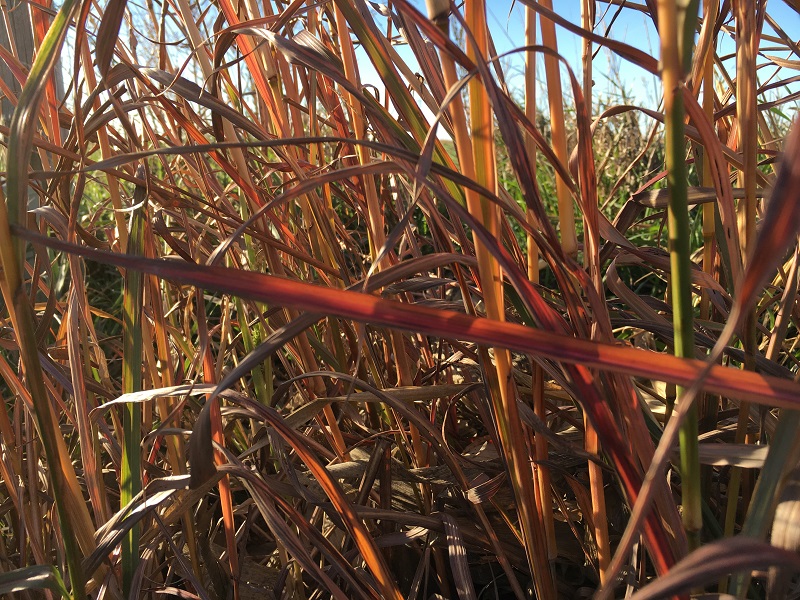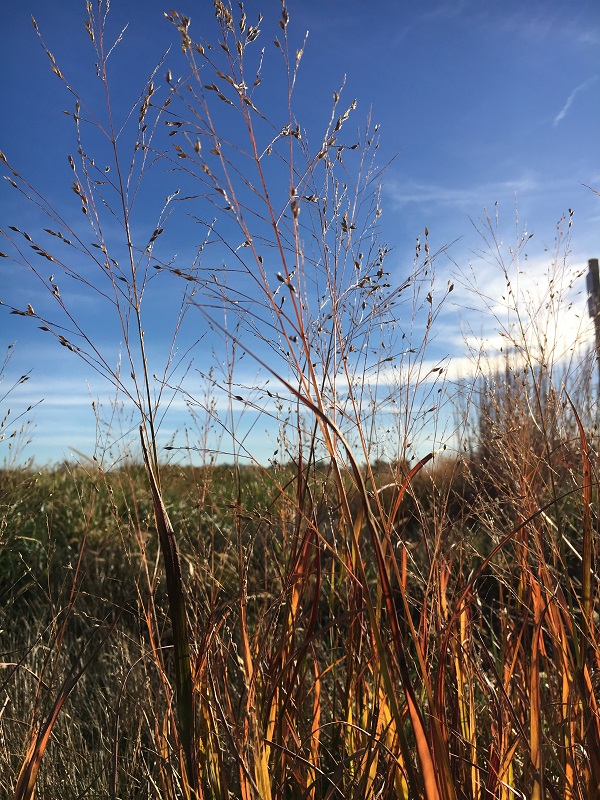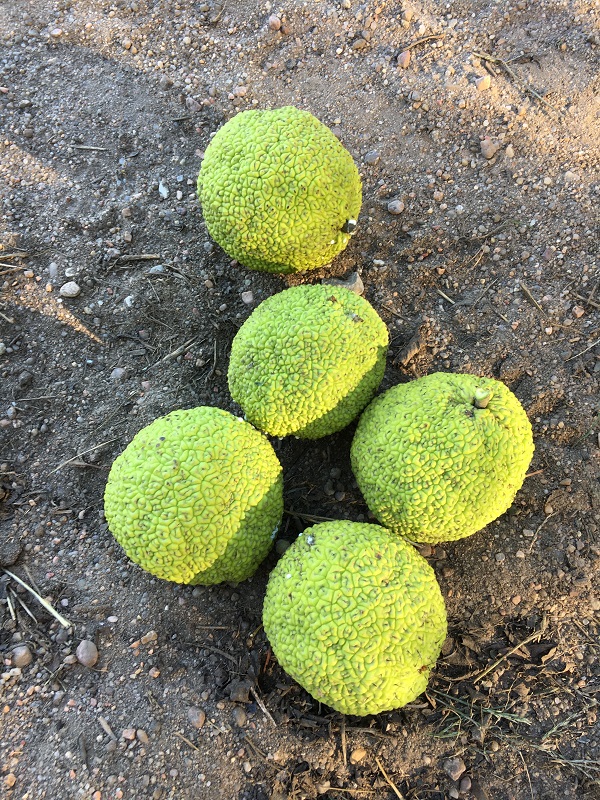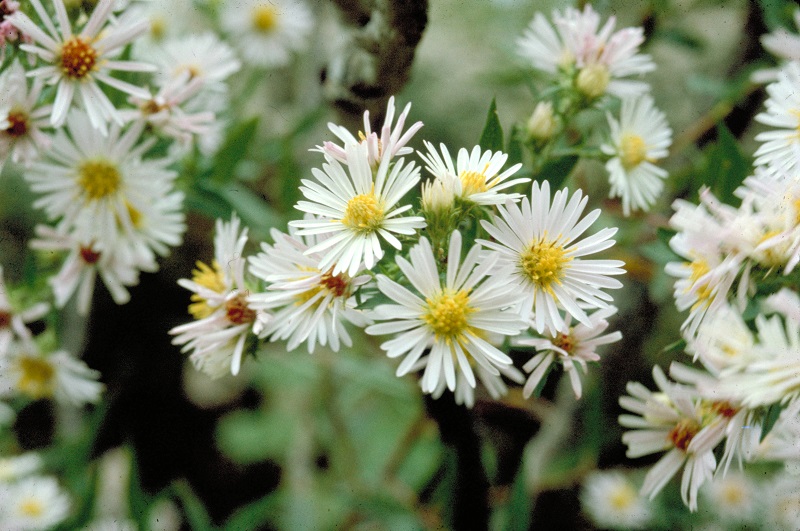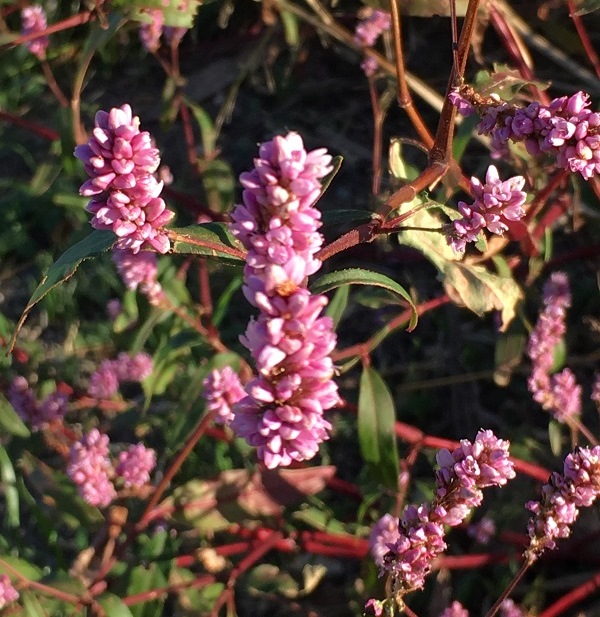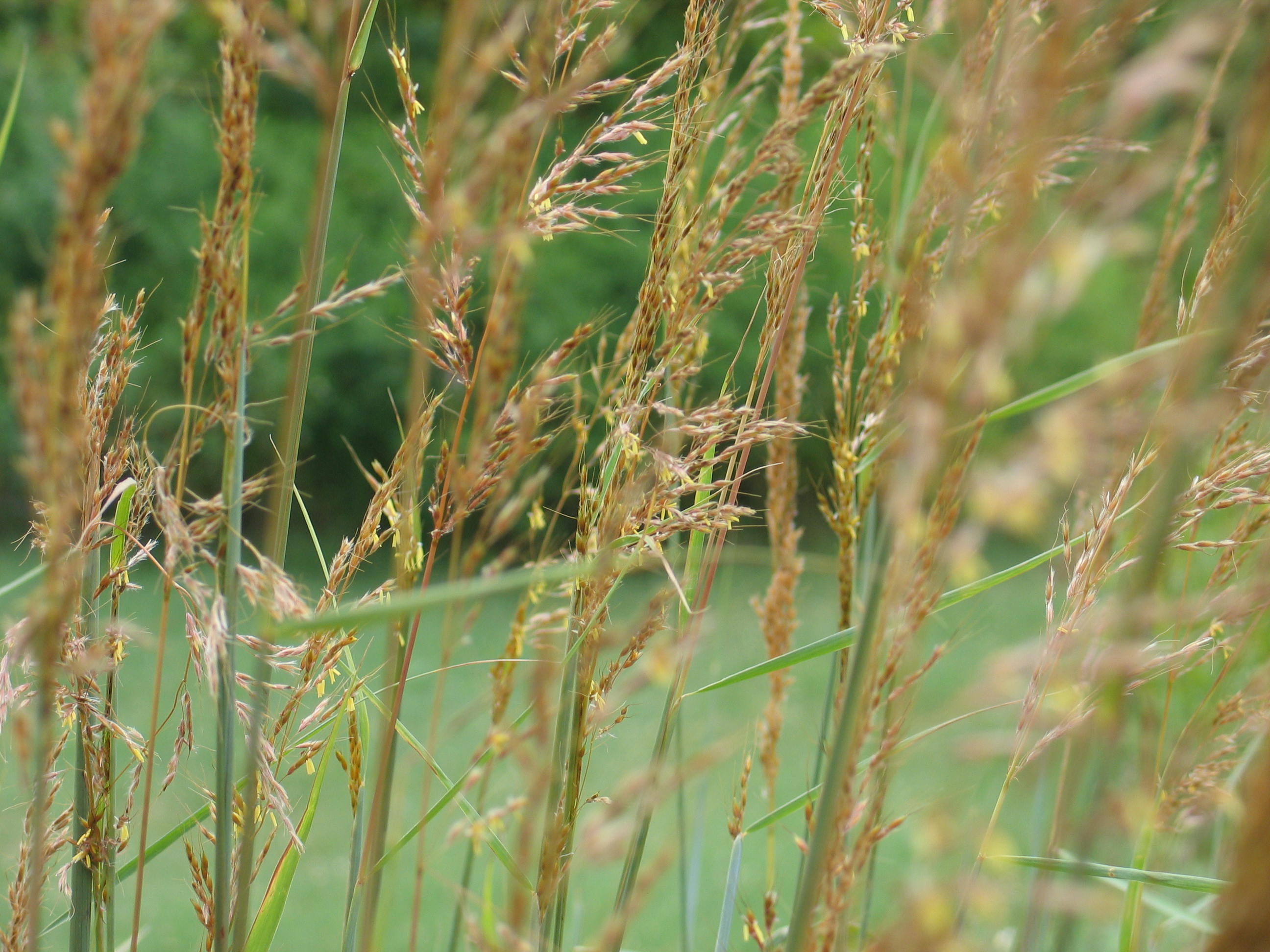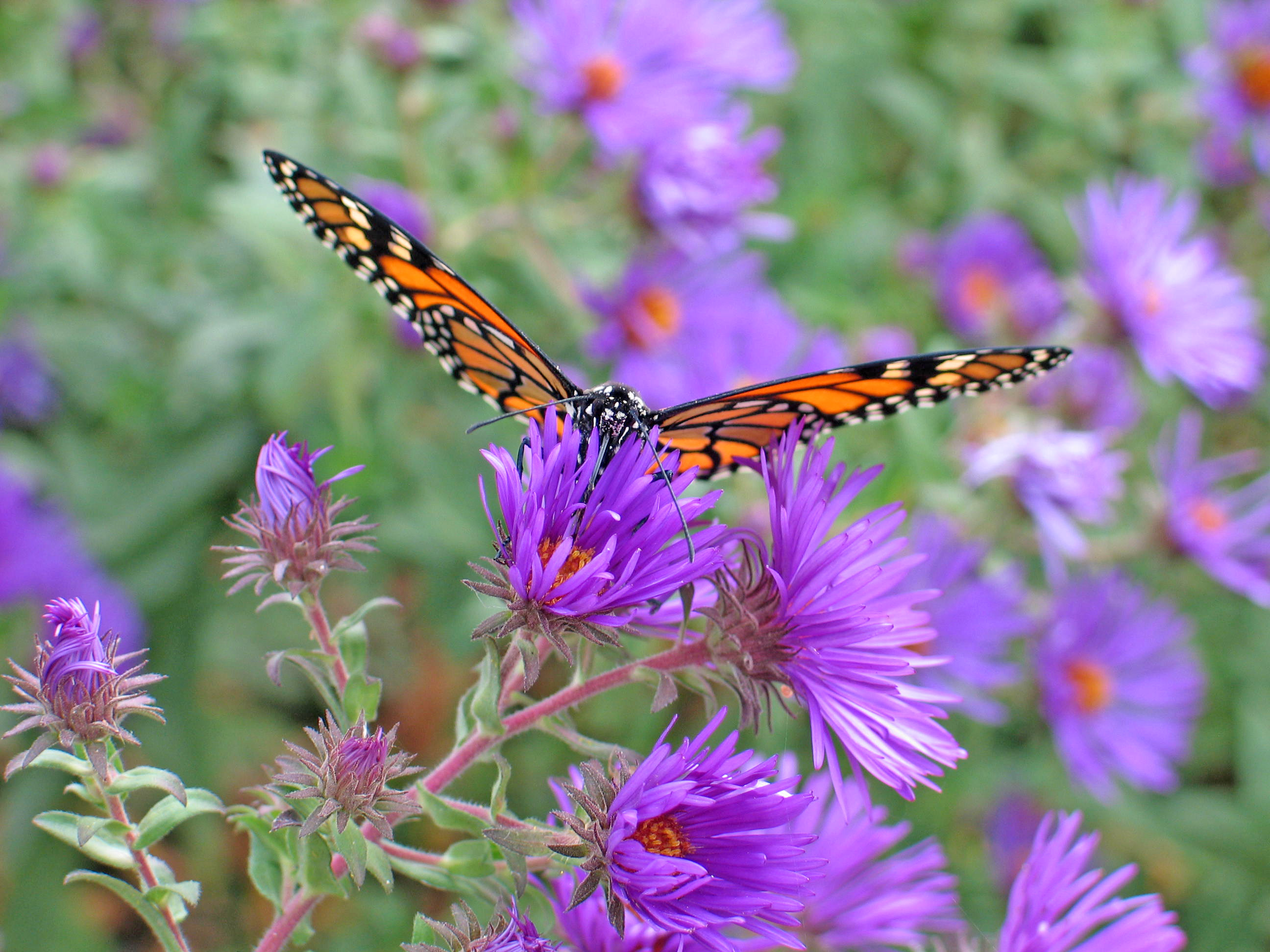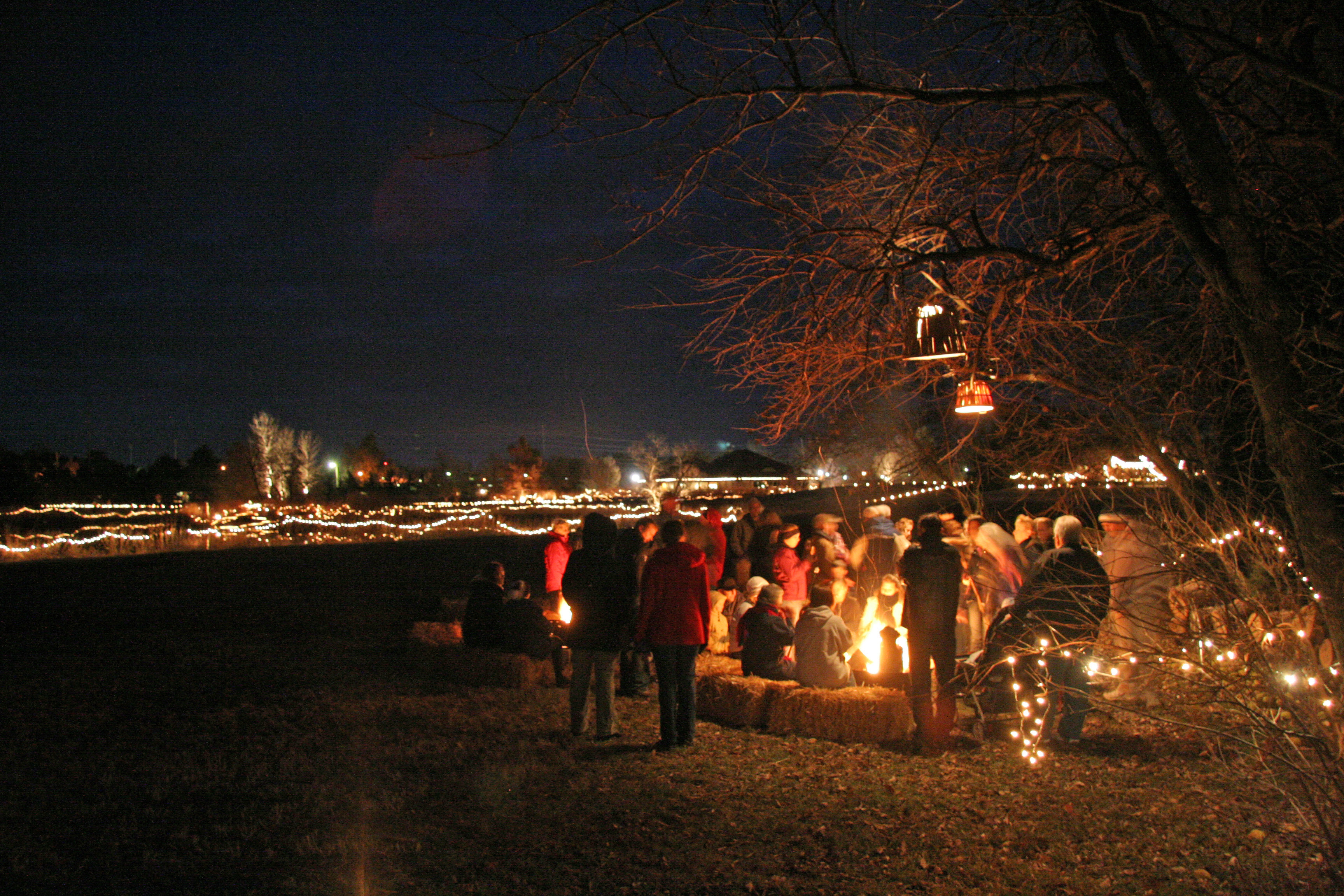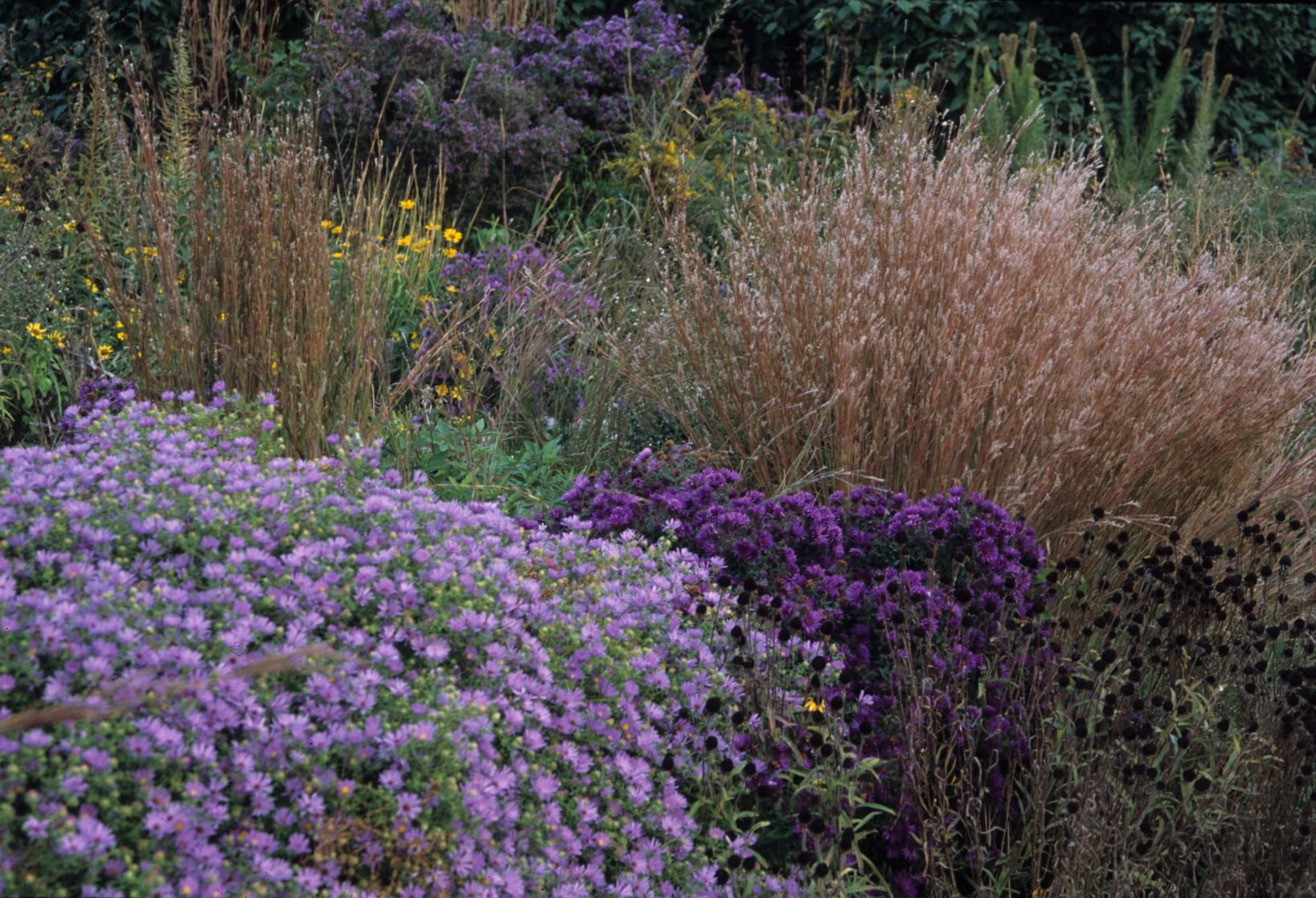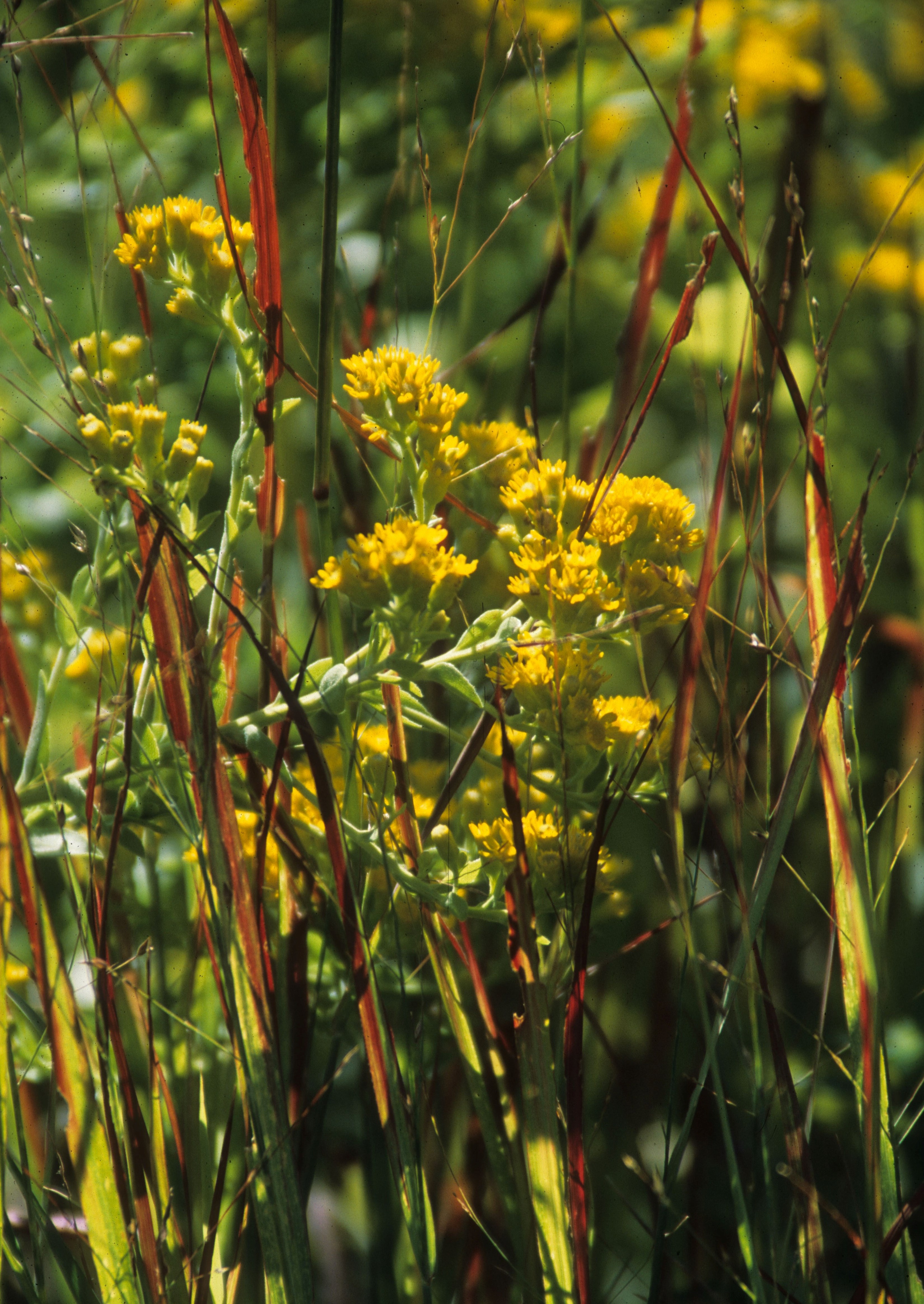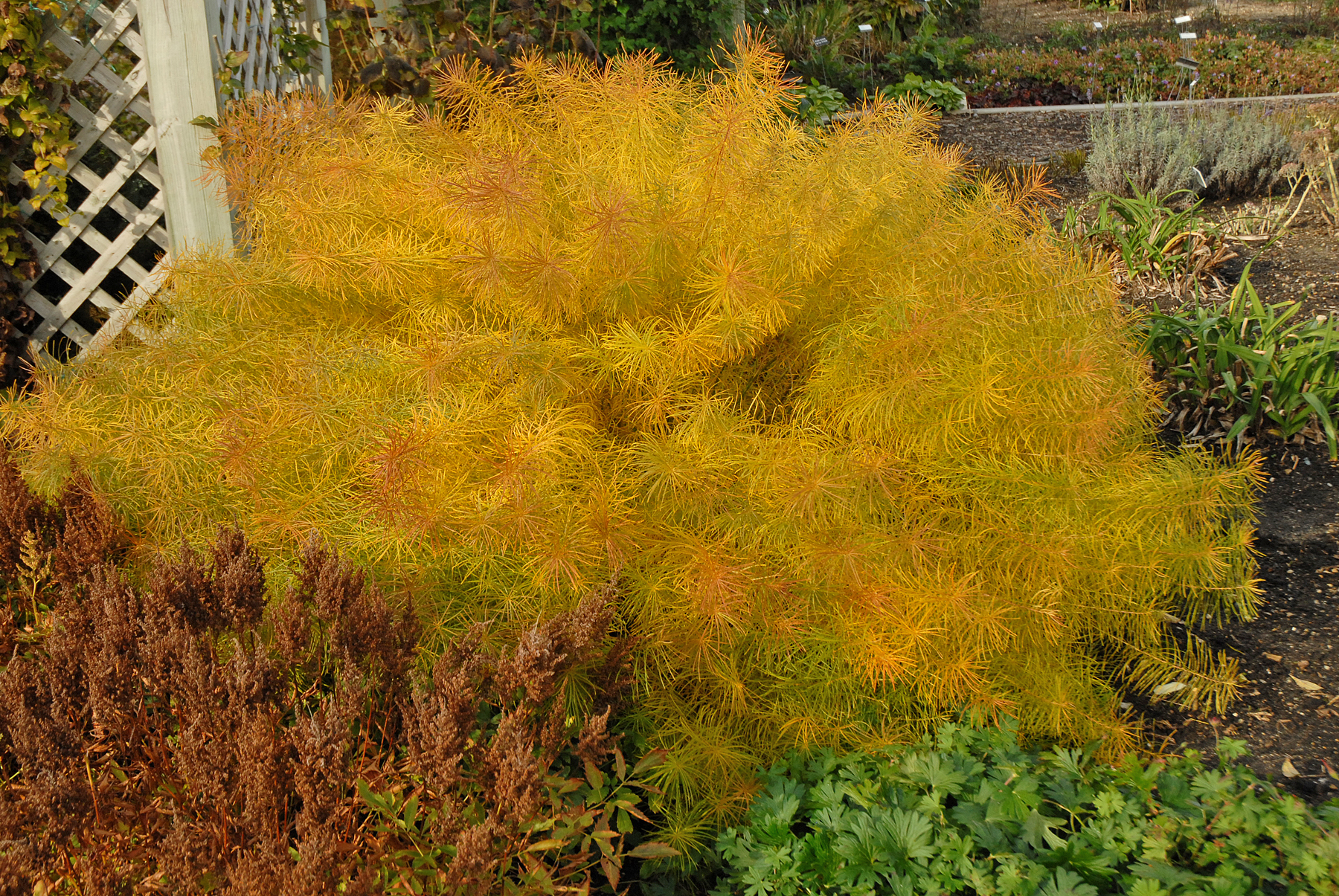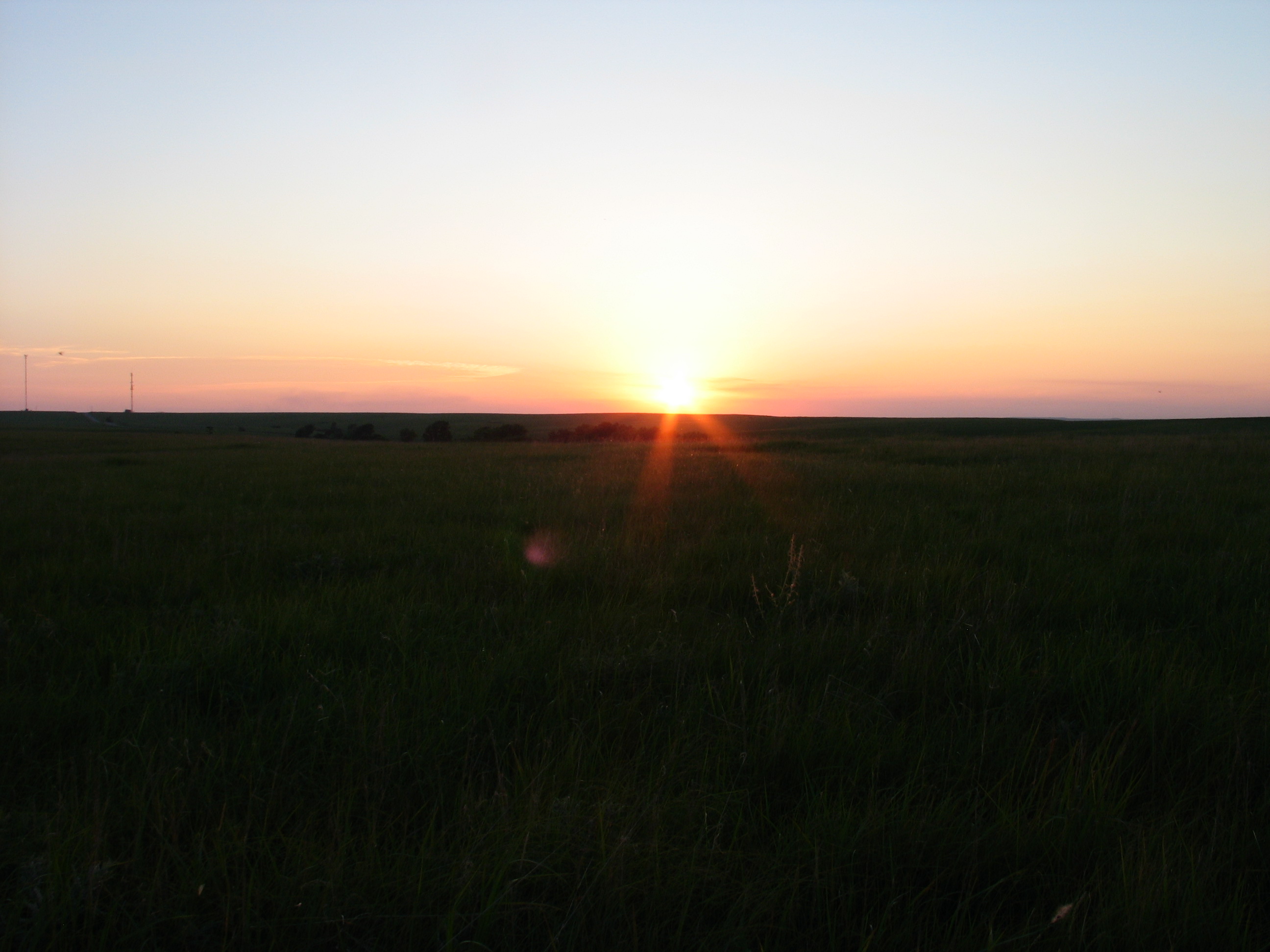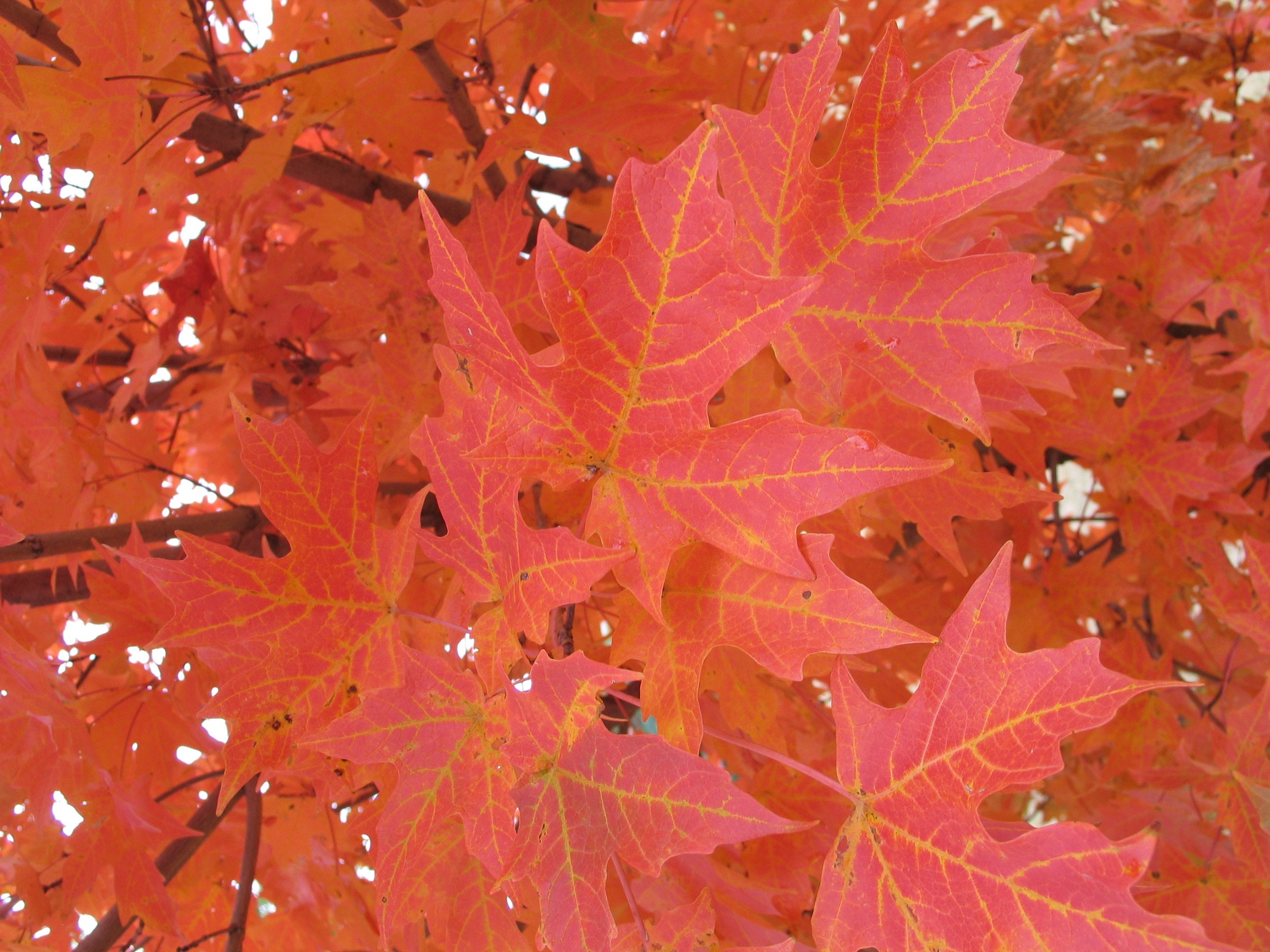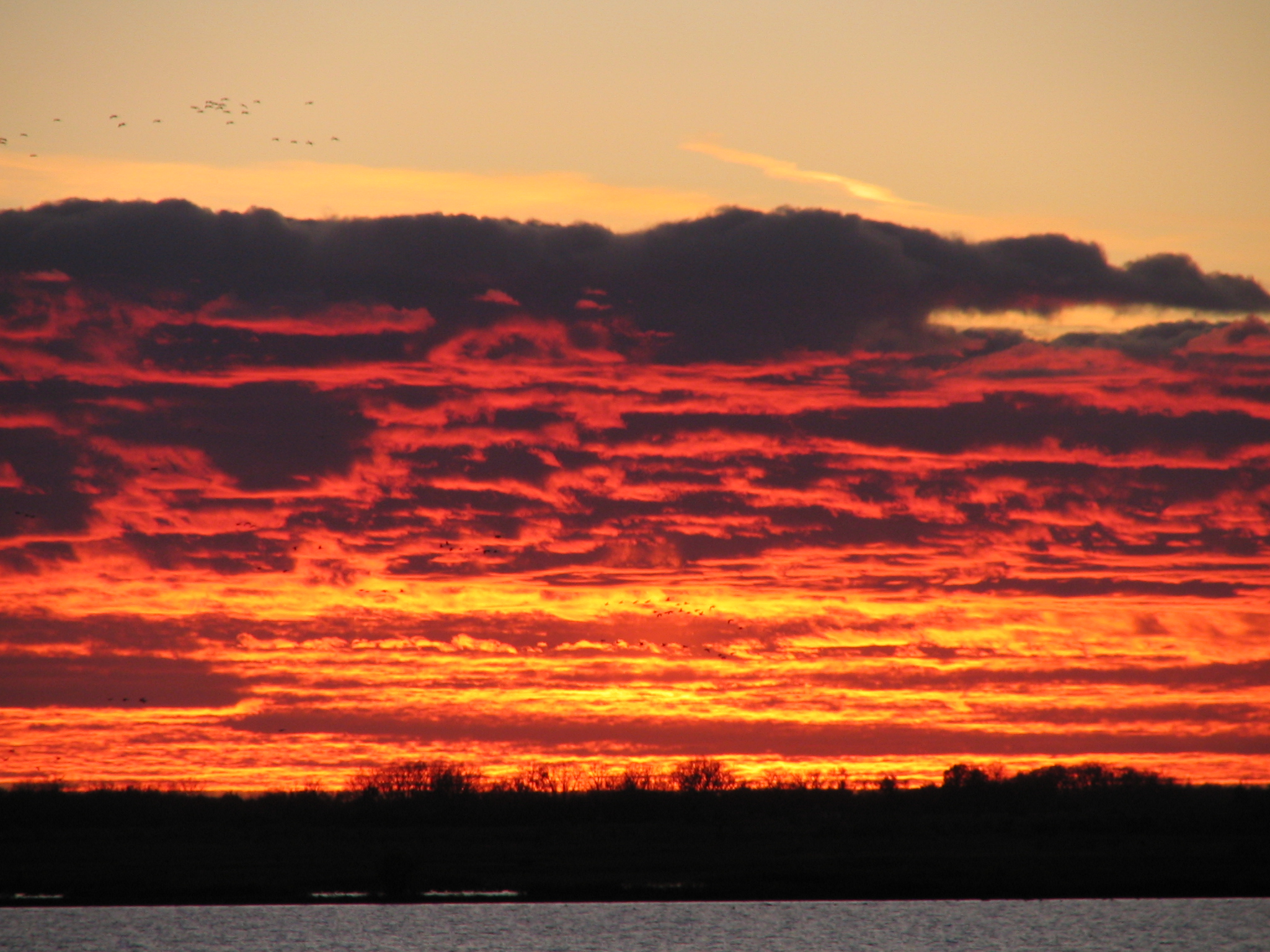‘The best time to plant a tree was 20 years ago. The next best time is now.’
– Chinese Proverb
For many reasons, fall is my favorite time of the year. I love the cooler weather and changing landscapes. This signals the end of another growing season, but there are still a few highlights to come. The beauty of the fall wildflowers like asters and goldenrods makes them stand out in a sea of grass. The native grasses are at their peak with attractive seed heads and brilliant fall color. It is also a time when trees begin to change, developing shades of red, orange, yellow, and tan. I know winter is coming, but the crescendo of our gardens is fun to watch.
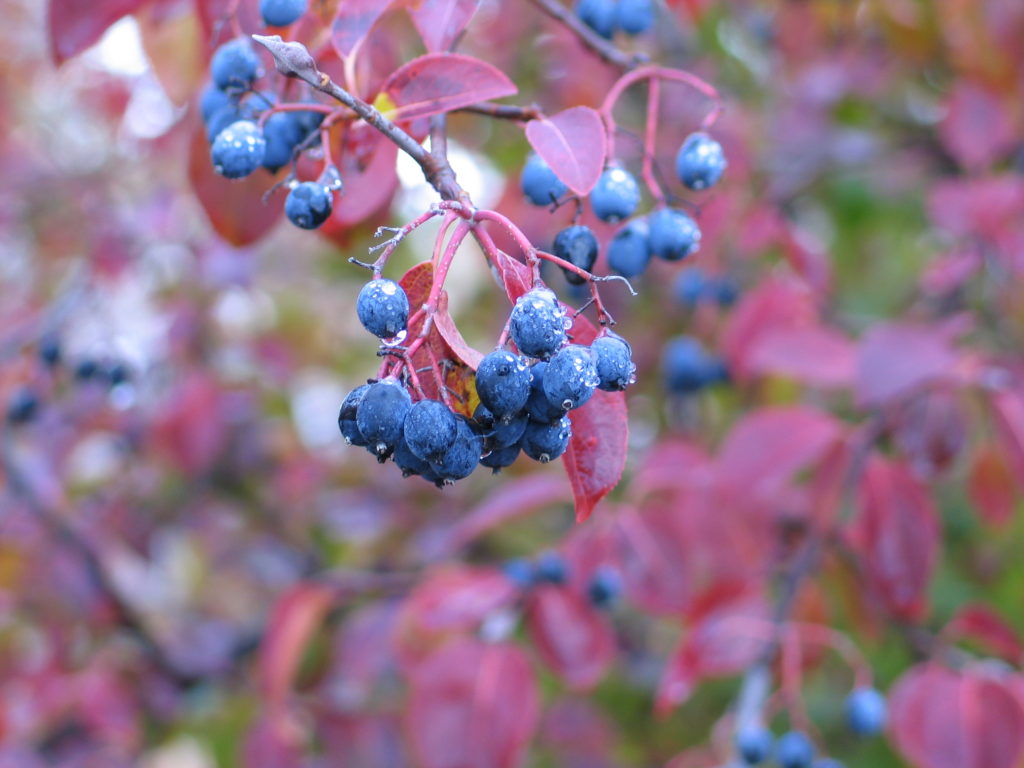
Native Blackhaw Viburnum (Viburnum prunifolium)
How do trees develop fall color?
Fall color in trees is a result of a complex process of removing the green pigment, chlorophyll, from the leaves, which allows the other pigments to be seen. For instance, carotene and xanthophyll (carotenoids) are yellow pigments that are produced all year long with chlorophyll. With the shorter days and cooler fall temperatures, chlorophyll production is slowed and the green color slowly disappears revealing the yellow pigments that have been there all year long. Green ash and ginkgo are good examples of trees with nice yellow fall color.
Other trees produce red and purple pigments called anthocyanins, which tend to cover the yellow pigments present in leaves during the fall. As the fall season progresses, the increased sugar content in these leaves works to intensify these reddish-purple leaves. American ash, shingle oak and shumard oak are nice trees with red fall color.
In trees with a combination of carotenoid and anthocyanin pigments, an orange fall color develops. Sugar maples, smoke trees, and sweet gum trees are wonderful examples with orange fall colors.
Some of our trees have no vibrant fall color, but rather the leaves turn to tans and browns. This is caused by tannins in the leaves, which accumulate as the chlorophyll is removed from the leaves.
Fall color can be a little different every year. Plant genetics, and environmental conditions make subtle changes from year to year fun to watch. Each year, there is a unique beauty in the landscape that should be savored, enjoyed and not taken for granted.
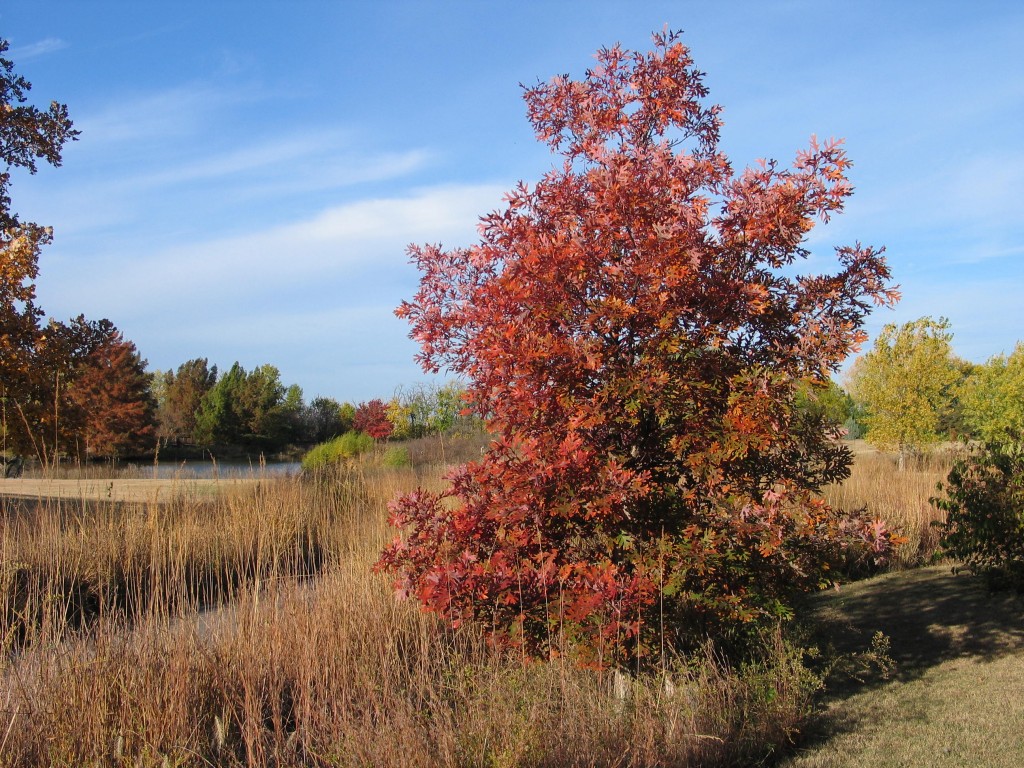
White oak
My Favorite Trees for Fall Color
Shumard Red Oak (Quercus shumardii)
This oak tree will reach a height of 40-60 ft. with a nice rounded-pyramidal habit. It is a stately tree that produces a wonderful range of colors from deep red and maroon to dark oranges. Fall color can be quite variable from year to year depending on environmental conditions. Other oaks worth trying: shingle oak, white oak and black oak.
Sugar Maple (Acer saccharum)
Sugar Maples and many other maples are the quintessential tree for fall color. In Kansas, sugar maples are relatively slow growing but worth the wait as a mature tree can put on quite a fall display. They reach an ultimate height of 40-50 feet tall and equal spread. The bright red, orange and yellow leaves appear in October and last for many weeks. Try the cultivars, ‘John Pair’, ‘Autumn Splendor’, ‘Table Rock’, ‘Flashfire’, ‘Oregon Trail’ or ‘Legacy’ for the most consistent fall color each year.
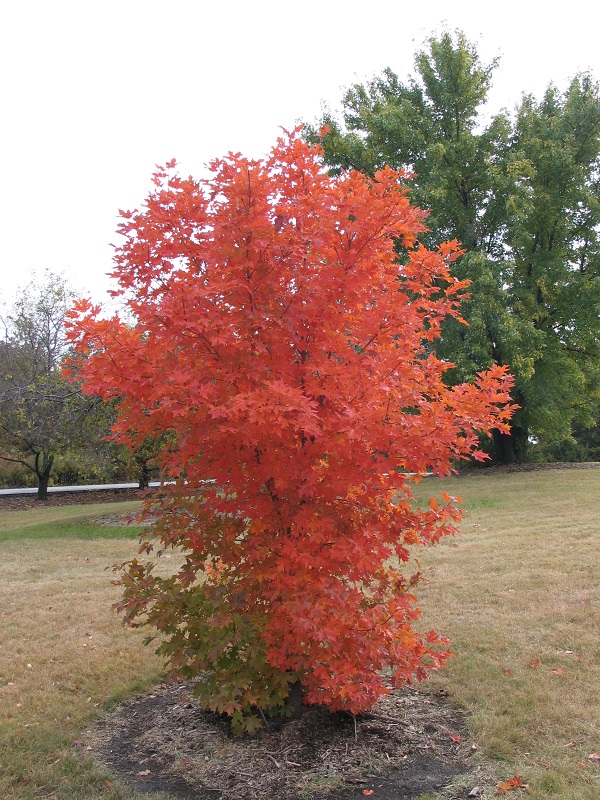
Table Rock Sugar Maple
Bald Cypress
This is not usually recognized as a tree with exceptional fall color, but when the fine leaves turn reddish-brown in the fall, it is striking. We have planted Our specimens near the pond where the “knees” can develop. The pyramidal habit reaching 50-60 feet tall make it a majestic tree for certain situations. It is certainly worth a try.

Bald Cypress fall color
Others worth noting:
- Viburnum rufidulum
- Viburnum prunifolium
- Cotinus ‘Grace’
- Betula tremuloides ‘Prairie Gold’
- Sassafras
- Ginkgo ‘Autumn Gold’
- Carya cordiformis
- persimmon
We are already seeing signs of fall here at the Arboretum. Fall color starts in September and ends in November with peak coloration sometime in October. Cool night temperatures above freezing, calm winds, and sunny days will make the colors more intense. So, even though it’s not New England, let’s enjoy the beauty of fall.
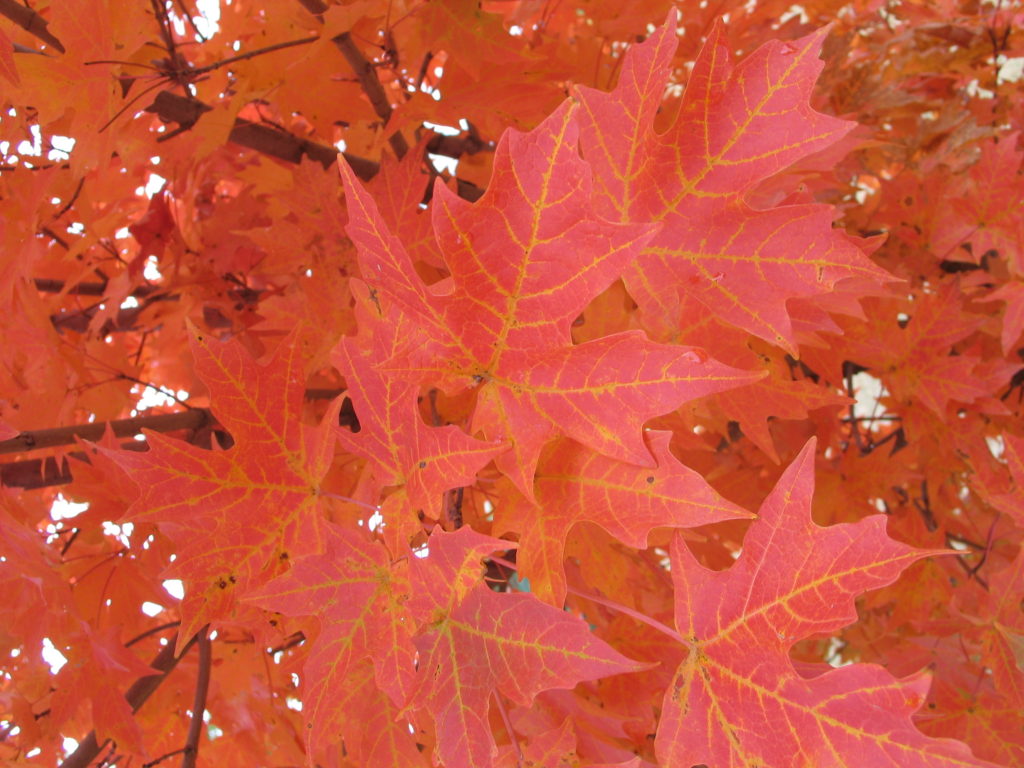
Sugar Maple





